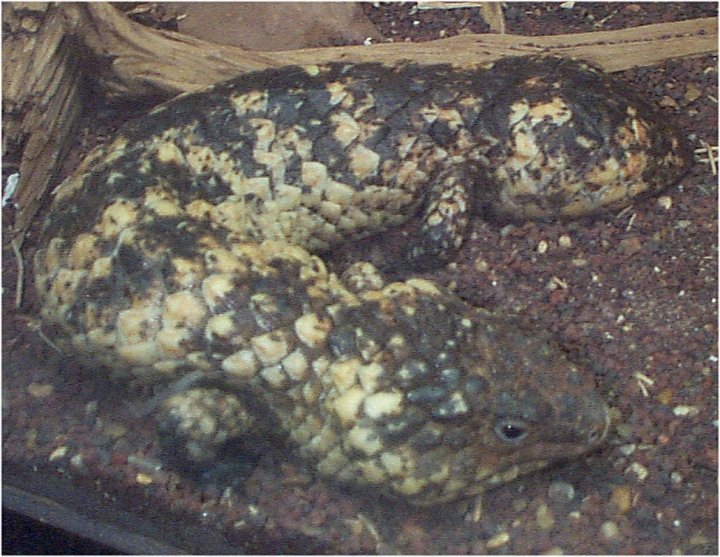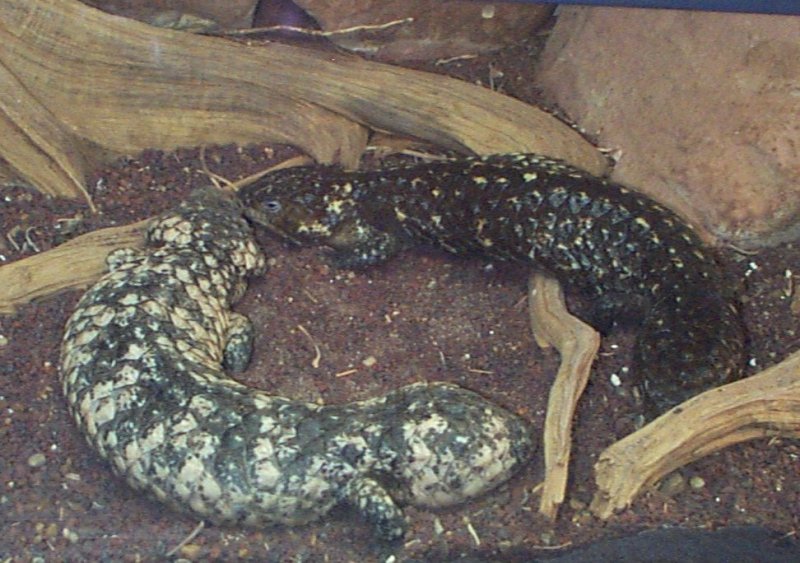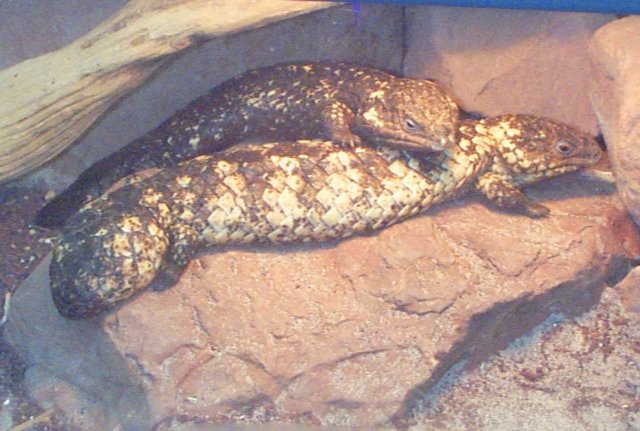Name of the Animal
Note to Page Authors: You may
customize this page by selecting backgrounds, fonts and font colors.
See WhoZoo Template
Instructions for further information on using this template.
Fill in the information indicated in each category below.
|
If your image is very wide and short, put your image here, and delete the image from the space below. |
|
|
|
Scientific Name: Cochlearius Cochlearius |
|
Geographical Range: South and Central America |
|
|
Habitat: Wooded or mangrove fringes of freshwater creeks, lakes and marshes. It roosts in the day time in bushes or trees overhanging water. |
|
|
Diet in the Wild: Insects, shrimps, fish, amphibians, and small mammals. |
|
|
Conservation Status: Not protected. |
|
|
Location in the Zoo: By the By the yellow-billed stork. |
|
|
|
|
|
Physical Description: |
Social Organization:: How the Boat-billed Heron communicates with other birds are quite different than the way in which the regular heron does. Most Boat-billed Herons communicate through sounds that it makes, both vocal and mechanical such as bill-pops that sound like human handclaps. This is different from the visual gesturing that regular herons do. Also, it feeds alone, flying from the communal roost to independent feeding areas. Occasionally it will feed in aggregations. |
|
Special Adaptations: |
|
|
Reproductive Behavior: |
The Animal at the Zoo: |
|
Page Author: Sources and Links: Elbert Greer “The Boat-Billed Heron” URL: http://www.ambergriscaye.com/birds/boatbill.html Brad Hazelton, Fort Worth Zoo. |
|
|
|
|
PageAuthors: Select one of the following, and delete the others.
Mammals
at the Fort Worth Zoo
Birds at the Fort Worth Zoo
Reptiles and Amphibians at the Fort
Worth Zoo
Fish at the Fort Worth Zoo
Invertebrates at the Fort Worth
Zoo


